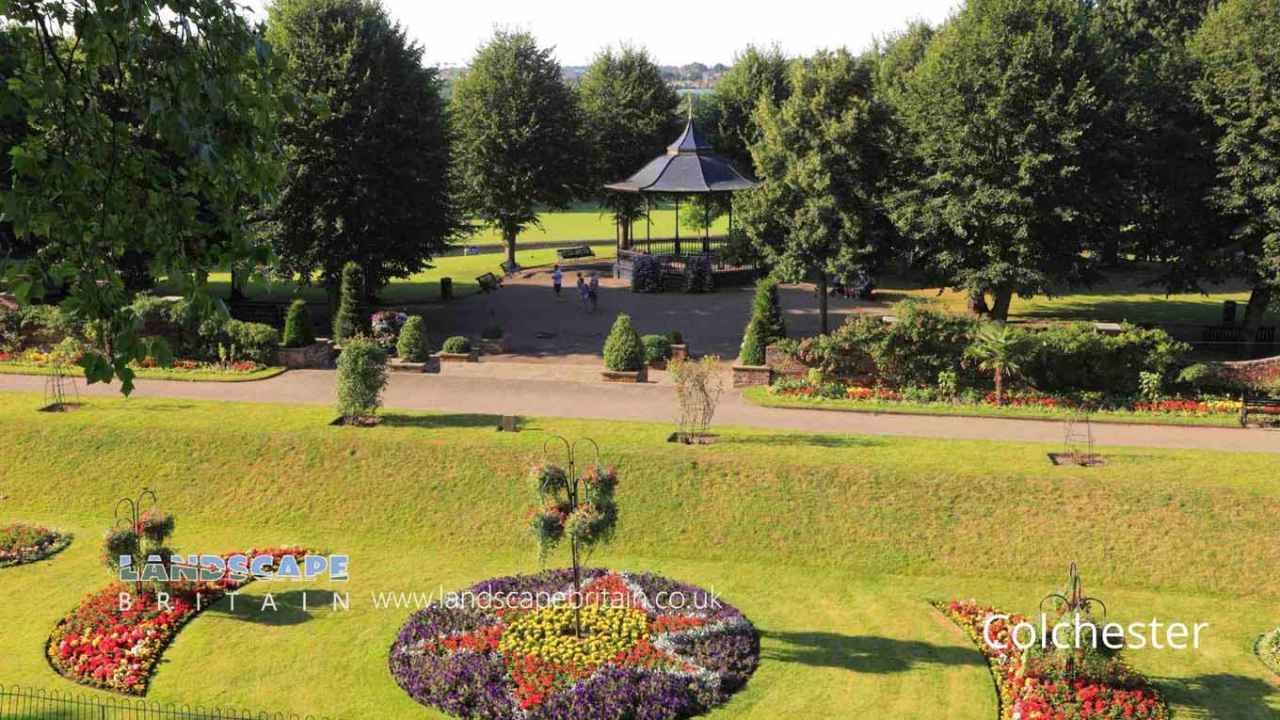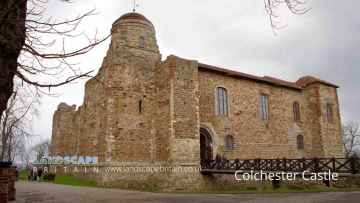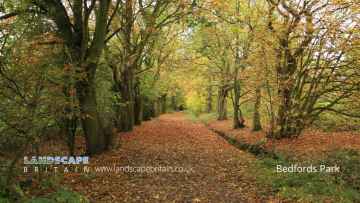Colchester is a City in the county of Essex.
Colchester is a town in Essex, England.
The town can trace its roots to the period of Roman occupation. The remnants of a Roman theatre may be seen in the Dutch Quarter. Hollytree Museum exhibits three centuries of clothing, clocks, and decorative arts as well as Robert Scott’s original drawings for his Antarctic exploration. Paintings by Constable and Gainsborough are among those on display at the Castle Park Gallery which has 18th-century furniture, silverware and porcelain.
The River Colne runs through the town and is a tributary of the River Thames, with a total length of 25 miles.
Until the 19th century Colchester was a major port, though now much smaller than Ipswich down river to the East. The Old Town Hall is home to various events throughout the year including farmers markets, wedding fairs and classic car shows. Other attractions include the jumbo water tower, several historic pubs, an art gallery and a museum.
There are many colchester hotels for visitors to stay in while they travel around the town. The colchester hotels vary in price range according to what you can afford.
There are great places to visit near Colchester including some great towns, castles, woodlands, airports, historic buildings, cities, villages, country parks, shopping centres, parks and nature reserves.
Colchester's best nearby towns can be found at Colchester, Epping, Maldon, Southend-on-Sea, Saffron Walden, Braintree, and Basildon.
Don't miss Colchester Castle's castles if visiting the area around Colchester.
The area around Colchester features a number of interesting woodlands including Epping Forest, and Bedfords Park.
London Southend Airport, and London Stansted Airport are great places to visit near Colchester if you like airports.
Audley End House and Gardens, and Chelmsford Cathedral are some of Colchester best historic buildings to visit near Colchester.
There are a several good cities in the area around Colchester like Chelmsford.
There are a several good villages in the area around Colchester like Hatfield Peverel.
Colchester has some unmissable country parks nearby like Thorndon Country Park, and Hainault Forest Country Park.
The area around Colchester's best shopping centres can be found at Lakeside Shopping Centre.
There are a several good parks in the area around Colchester like Bedfords Park.
Colchester is near some unmissable nature reserves like Bedfords Park,
Colchester History
There are some historic monuments around Colchester:
Areas of Colchester
Like most towns and cities Colchester is comprised of a number of areas, once separate villages or small towns and parishes now part of Colchester.
Many of the areas of Colchester have their own character and places of interest.
Places to see near Colchester
Etymology of Colchester
There are several theories about the origin of the name Colchester. Some contend that is derived from the Latin words Colonia (referring to a type of Roman settlement with rights equivalent to those of Roman citizens, one of which was believed to have been founded in the vicinity of Colchester) and Castra, meaning fortifications (referring to the town’s walls, the oldest in Britain). The earliest forms of the name Colchester are Colenceaster and Colneceastre from the 10th century, with the modern spelling of Colchester being found in the 15th century. In this way of interpreting the name, the River Colne which runs through the town takes its name from Colonia as well. Cologne (German Kaln) also gained its name from a similar etymology (from its Roman name Colonia Claudia Ara Agrippinensium).
History of Colchester
Soon after the Roman conquest of Britain in AD 43, a Roman legionary fortress was established, the first in Britain. Later, when the Roman frontier moved outwards and the twentieth legion had moved to the west (c.AD 49), Camulodunum became a colonia named in a second-century inscription as Colonia Victricensis. This contained a large and elaborate Temple to the Divine Claudius, the largest classical-style temple in Britain, as well as at least seven other Romano-British temples. Colchester is home to two of the five Roman theatres found in Britain; the example at Gosbecks (site of the Iron Age royal farmstead) is the largest in Britain, able to seat 5,000. Camulodunum served as a provincial Roman capital of Britain, but was attacked and destroyed during Boudica’s rebellion in AD 61. Sometime after the destruction, London became the capital of the province of Britannia. Colchester’s town walls c. 3,000 yd. long were built c.65-80 A.D. when the Roman town was rebuilt after the Boudicca rebellion. In 2004, Colchester Archaeological Trust discovered the remains of a Roman Circus (chariot race track) underneath the Garrison in Colchester, a unique find in Britain. The Roman town of Camulodunum, officially known as Colonia Victricensis, reached its peak in the Second and Third centuries AD. It may have reached a population of 30,000 in that period. In 2014 a hoard of jewellery, known as The Fenwick Hoard, was discovered in the town centre. The director of Colchester Archaeological Trust, Philip Crummy, described the hoard as being of “national importance and one of the finest ever uncovered in Britain”.
























